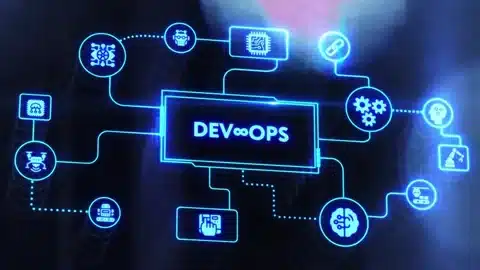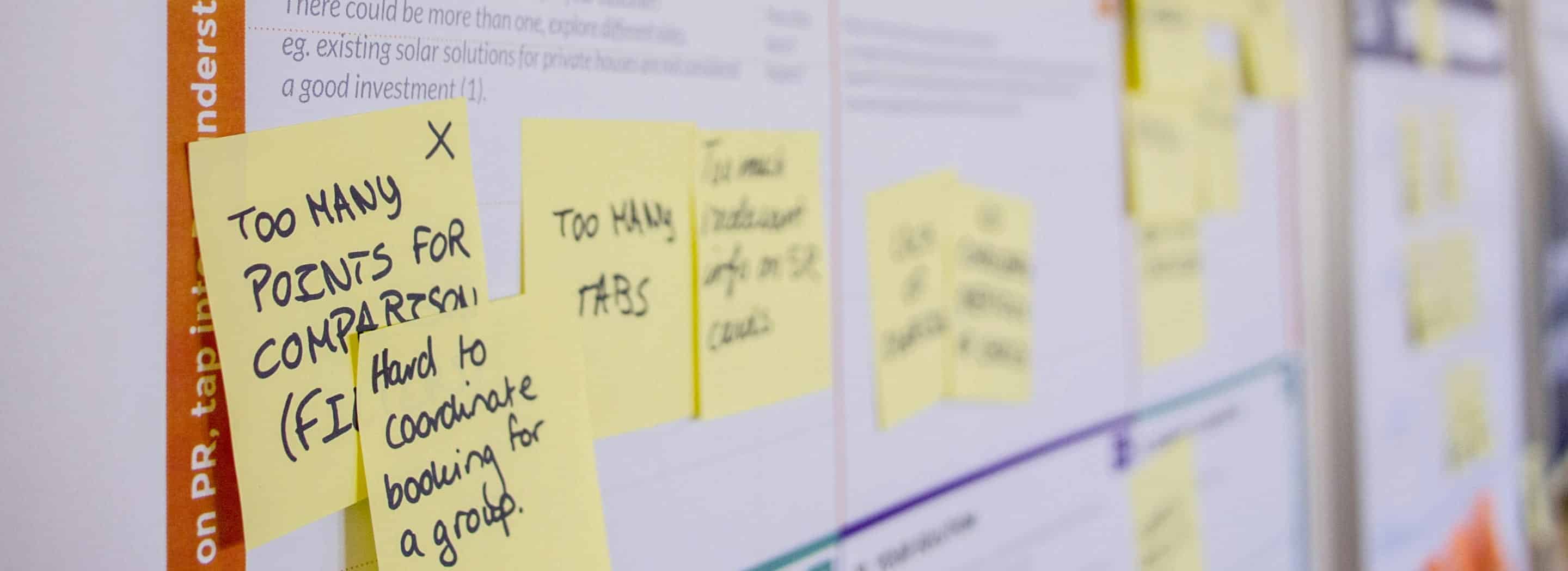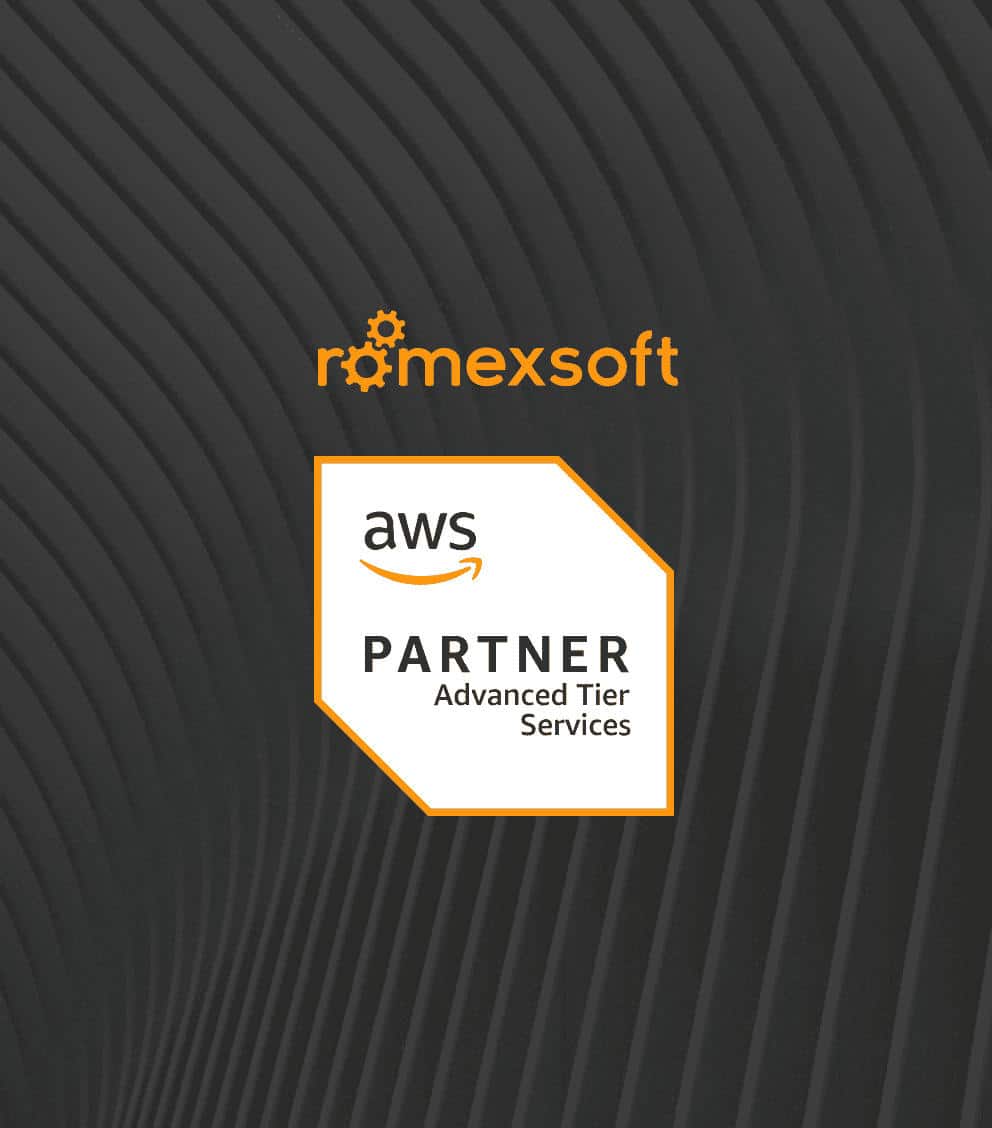AWS Certified DevOps Engineer – Professional
AWS Certified SysOps Administrator – Associate
Author’s Top Article

Reliable applications and seamless user experiences that distributed architectures promise entail a heavy reliance on observability and monitoring tools crucial for maintaining the performance and stability of complex systems.
The blog highlights:
- what are monitoring and observability
- what are the similarities and differences
- which one and when to choose
- how to choose the right tool
- future trends

Author’s All Publications

DevOps is more than a set of practices; it’s a shift in culture that emphasizes collaboration, accountability, and continuous improvement. This article dives deep into the cultural nuances that are shaping DevOps, from breaking down silos between development and operations to embracing failure as a learning tool. Discover how these shifts are not just enhancing efficiency but are also making organizations more agile and adaptive in today’s fast-paced digital landscape.


Documentation in a DevOps environment serves as more than just a reference manual; it’s an integral component that facilitates smoother workflows, better collaboration, and reduced downtime. Investing in automated documentation tools can pay dividends by ensuring that your documentation is always up-to-date and accurate. Remember, effective documentation isn’t just a one-time effort but a continuous process that evolves with your project.
- Automated documentation tools can significantly reduce the manual effort needed to maintain accurate, up-to-date records.
- Code comments serve as inline documentation, making the development process more efficient.
- Integrating documentation into the CI/CD pipeline ensures that the documentation is always aligned with the latest code and configurations.


Boost your DevOps pipeline with our deep dive into CI/CD best practices, security measures, and optimization strategies. Learn how to streamline your development-to-deployment flow and navigate the future of DevOps with confidence.


DevOps has reshaped how we think about software development and deployment. As this paradigm shift accelerates the pace of change, traditional change management practices are challenged to keep up. This article serves as a comprehensive guide, delving into the complexities of managing change effectively within a DevOps environment. From implementing proactive change controls to managing team dynamics and leveraging automation, we offer actionable insights for mastering change in this new era of continuous development.
- Understand the unique challenges and opportunities that come with managing change in a DevOps context.
- Discover the importance of proactive change controls to ensure system reliability and stability.
- Learn about the critical human factors that influence change management in DevOps.
- Uncover how automation can streamline change processes, making them more efficient and error-free.
- Recognize the role of continuous feedback for ongoing improvement in change management practices.


Discover the essential strategies for scaling your DevOps operations. This comprehensive guide covers everything from infrastructure automation and CI/CD pipelines to cultural shifts and security concerns. Learn how to future-proof your DevOps environment through strategic scaling.


Confused about the buzz around cloud native DevOps? Unlock the secrets to boosting business agility and system resilience.
- Demystify the paradigm shift towards Infrastructure as Code and serverless computing
- Gain actionable insights into navigating the complexities of cloud native DevOps
- Learn best practices for security in a cloud environment
- Equip your organization for long-term success in the cloud


In the world of software development and operations, Continuous Integration and Continuous Delivery (CI/CD) are more than mere buzzwords. They represent a transformative approach that accelerates software releases while ensuring quality and reliability.
Looking back, the software industry used to rely heavily on long development cycles. CI/CD evolved as a response to the need for more frequent and reliable software releases in an agile environment.


In the era of digital transformation, where innovation is the name of the game, the marriage of DevOps practices and cloud development is a strategic alliance poised to reshape the way businesses approach application delivery. Here’s what you can expect to glean from our exploration of merging DevOps and cloud development:
- Streamlined Development: Discover how this integration simplifies and accelerates the development process, allowing for faster time-to-market.
- Improved Collaboration: Learn how DevOps and cloud development foster collaboration among development, operations, and testing teams, breaking down silos.
- Scalability Unleashed: Explore how the cloud empowers your applications to scale dynamically, meeting changing demands seamlessly.
- Cost Efficiency: Uncover strategies for optimizing costs by eliminating the need for in-house data centers and reducing IT personnel expenses.
- Enhanced Security: Dive into the security benefits of cloud development and best practices for safeguarding your applications and data.
- Global Reach: Understand how cloud services enable global availability, ensuring your applications are accessible to users worldwide.
In this article, we guide you through the fusion of DevOps and cloud development, providing invaluable insights and strategies for achieving development excellence in the digital age.

